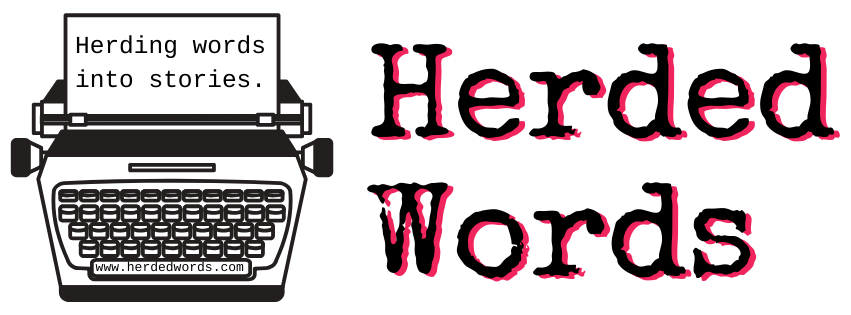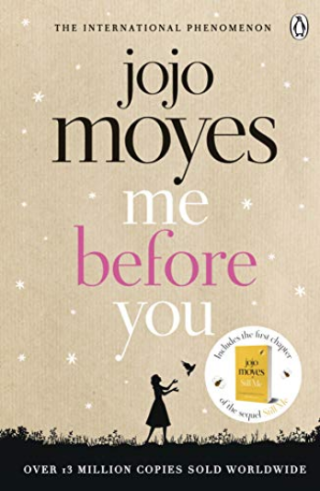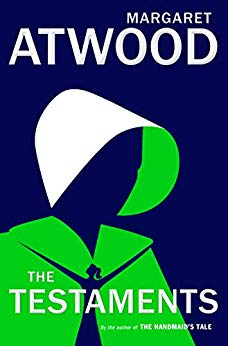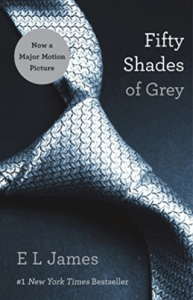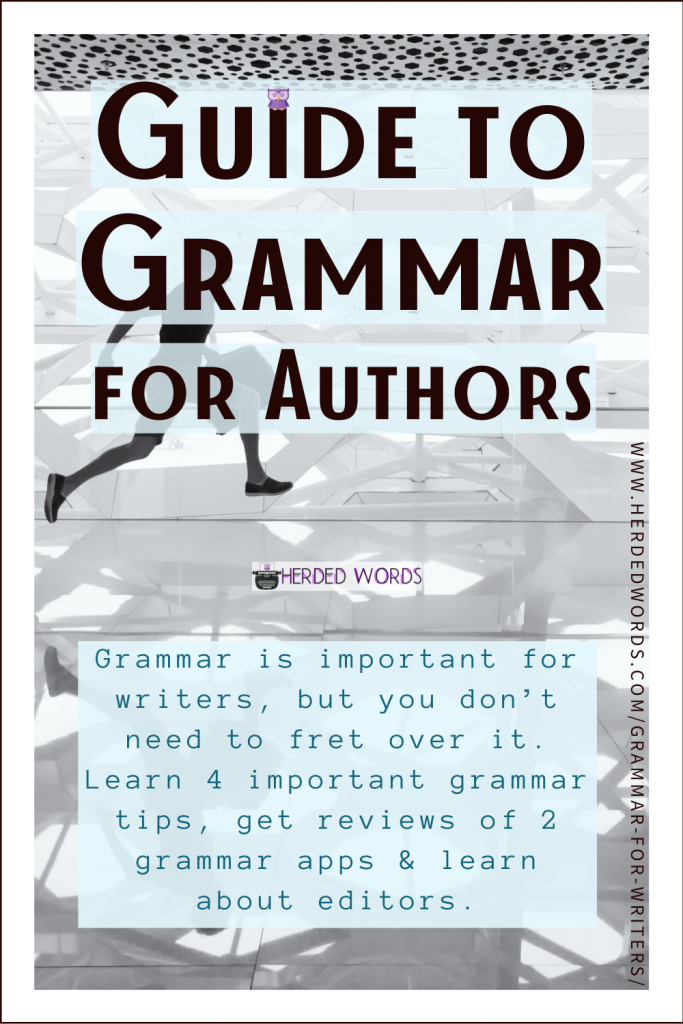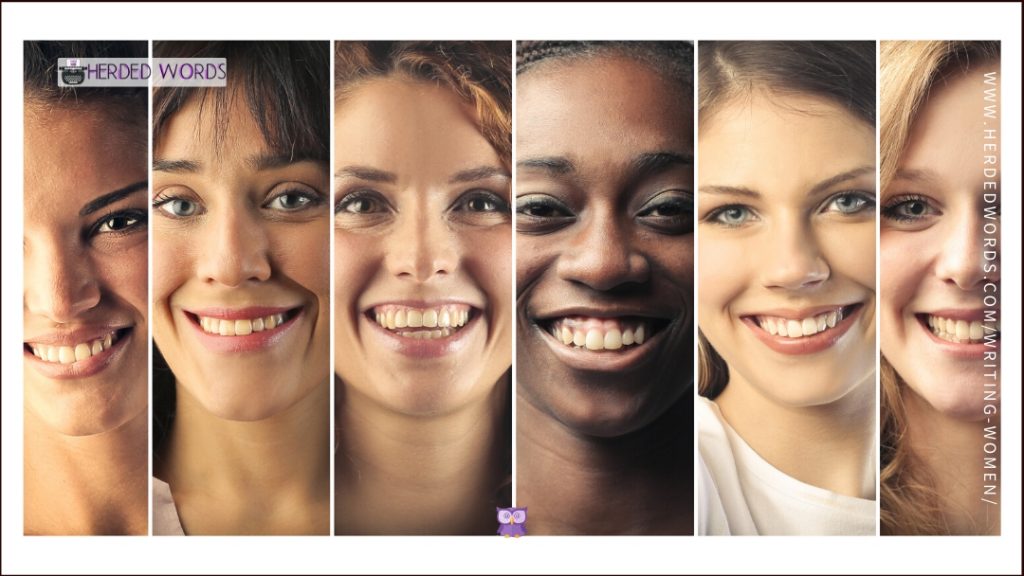
Herdedwords.com uses affiliate links. This means we receive a commission on the sale of certain items. This is at NO additional cost to you. Visit the policies page to learn more.
Women’s rights and equality have come a long way. BUT there’s still room to grow.
Today we’re going to talk about women in fiction. Let’s start with the Bechdel Test.
Table of Contents
What is the Bechdel Test?
The Bechdel test measures the representation of women in movies. There are three requirements to pass:
- There are two named female characters
- who talk to each other
- about anything other than a man.
That’s it. If there are two female characters who talk to each other about anything other than a man, the story passes the Bechdel Test.
Wikipedia references the website bechdeltest.com and says “As of April 2015, it listed 58% of these films [the 6,500 films in the database] as passing all three of the test’s requirements, 10% as failing one, 22% as failing two, and 10% of failing all three.”
I just want to repeat those numbers: 58% of 6,500 movies pass the Bechdel test. That means that 42% of movies do not have 2 named females who speak to each other about anything other than a man. 42% fail! That’s crazy to me.
However, the Bechdel test doesn’t mean women are well represented in a work of fiction. It only references that 2 named women talk to one another about anything other than a man.
What is the Mako Mori Test
The Mako Mori test is similar to the Bechdel test, but it measures a different area of fiction. There are three requirements to pass:
- At least one female character
- who gets her own narrative arc
- that is not about supporting a man’s story
That’s it. If there’s one female character with her own narrative arc that doesn’t support a man’s, the story passes the Mako Mori test.
But what about written fiction – since that’s what Herded Words is all about? These tests are designed more for movies than literature. Furthermore, they’re not the be all and end all for the representation of women in fiction.
If we use the Bechdel Test and the Mako Mori Test when evaluating literature, we still need to watch out for common tropes as well.
There are a lot of tropes common to women in fiction that just don’t happen like that in real life.
Seriously. There are so many that I could write 2,000 articles about them so I had to narrow it down and choose just a few for today. I decided to examine the tropes that are really common and try to explain what makes them particularly harmful.
Trope #1 – Romanticized Abuse
This trope is #1 not because it’s the most common, but because it’s the worst. Repeat after me: abuse is never okay.
The Trope
A person is abusive (either physically or mentally) towards a woman. Instead of recognizing this as abuse, it’s viewed as a symbol of how much he loves her (or some similar vein).
Not only is it accepted by the woman herself, but it’s also generally encouraged and viewed as positive behavior by the people in her life.
The Harm
As far as I’m concerned, this is the worst trope for women. Abuse is abuse – physical or mental – it should never be romanticized for entertainment.
And yet, it is. Regularly. Not only that, it’s popular.
In real life, abuse is not romantic. It’s not okay and we should not allow it to continue to be normalized. But that’s exactly what we’re doing.
Women are often portrayed as trying to “fix” the problematic behavior and succeeding. And therein lies the greatest harm: abuse is normalized as something women should accept and try to fix. But why should they? Why should women have to endure this so-called love? They shouldn’t.
Violence against women is a serious problem. 87,000 women are murdered annually. 58% (or 50,000) of those murdered women are killed at the hand of their intimate partner.
It’s time we stopped normalizing violence against women.
Trope #2 – Stalking as Romantic
Stalking is when a person provides another person with unwanted attention that is persistent and/or obsessive.
The Trope
He loves her so he follows her around until he woos her over and she falls in love with him, too.
This is also (less commonly) presented as she loves him, so she follows him around and tries to woo him. When done this way, she’s usually depicted as crazy or some other negative characteristic. IF he falls in love with her in the end, it’s because she changes but often she finds someone else.
The Harm
Stalking is a sign of abuse. Even if it never goes any further than stalking, it’s not okay. Being stalked doesn’t feel romantic or loving. Being stalked is scary. It’s also a violation of one’s autonomy. Stalking is illegal for a reason!
Trope #3 – One Dimensional Women
I’m going to role a whole bunch of tropes into one here.
The Trope
This is any trope that reduces a woman to a one-dimensional person, including (but not limited to):
- Car Junkie: so often a woman is given an interest in cars and that’s the extent of her personality. She knows about cars! And that means she’s cool, interesting, and whatever else.
- Naive: You know the type – she’s inexperienced and naive until she meets the right man and he teaches her all about the world! I vomited in my mouth a little just writing that.
- Strong Independent Women: I find the number of “strong, independent” women in fiction irritating. Why? Because so often they lack any other personality traits. I consider myself a strong independent woman. But I also like chick flicks (I know!), wear pink, and don’t want to be a CEO. Strong independent women in fiction are either treated like they have NO feminine qualities or like their strength & independence is a flaw that needs to be fixed.
- Flawless: I mean they have no real flaws. Not that “omg, I wish I could be a better person but my hair is just so frizzy” BS-type of flaw. Every single person has flaws – real flaws. Flaws that make them difficult to tolerate sometimes. All of us. Women in fiction should not be an exception.
The Harm
Characters are (or should be) representative of people. These one-dimensional characters reduce women to caricatures – not characters.
They also teach that women are only defined by one thing. You can be independent and that’s it. You can like cars, but then that’s all that matters about you.
Women, like men, can have a variety of personality traits and interests.
Trope #4 – She Saves/Changes Him
I fully believe that people can change – for themselves.
The Trope
A woman falls in love with a flawed man and proceeds to fix/change/save him. The flaws can be significant or small. But the moral is always that he only changes into a wonderful man because of her hard work (and suffering).
The Harm
This trope normalizes dysfunctional relationships. It’s harmful to women because it teaches that women should try and “fix” a man. But that’s not a woman’s job.
It’s also harmful to men because men don’t need to be fixed or changed (especially by someone else)!
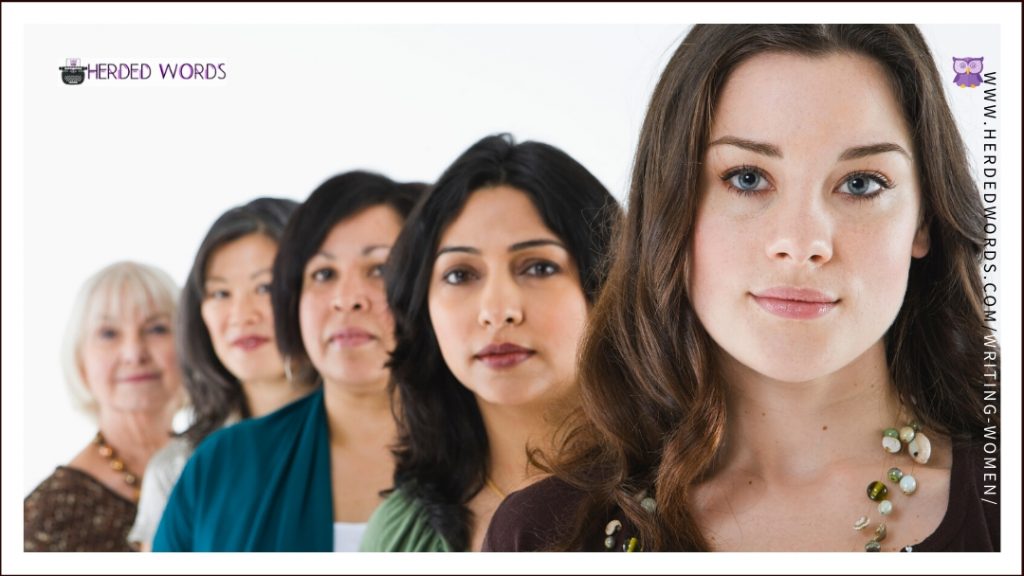
Trope #5 – She gives it all up for him
The moral of these stories is usually that nothing is more important than love (for her).
The Trope
A successful woman gives up her career/ambitions for love.
The Harm
First, there’s nothing inherently wrong with a woman giving some part of her life up for something else. What makes this trope harmful is that it’s all on her.
The man in the relationship doesn’t have to change his life at all, only the woman does. She has to make significant compromises to keep him in her life.
Furthermore, there’s never even a real discussion about him making any changes. Everyone in the story just assumes that she’ll sacrifice and he shouldn’t have to.
This is unfair (and unrealistic).
So often the woman of the story is expected to give up everything. To change her whole life. For a man. And what does he give up? Nothing.
Trope #6 – The Barbie Effect
In these modern times, Barbie is often reduced to her looks. She’s considered a terrible role model because her looks are blatantly unattainable.
The Trope
This is a common trope in fiction – a beautiful, but dumb/vapid/superficial/whatever, woman.
The Harm
Beautiful women are not all idiots. Ugly people are not all geniuses. These types of stereotypes are bad for everyone.
You can have beauty and brains! And it shouldn’t be treated as something mystical or rare.
What you look like is not a reflection of who you are as a person and women in fiction should be no different.
Important note about Barbie:
I’ve always considered Barbie to be a killer role model because she could be ANYTHING. Astronaut barbie? Yup. Mermaid barbie? Got her. President barbie? Duh.
I think this is an important lesson for fiction. Stop focusing on what your characters look like and instead focus on what can’t be seen in a mirror.
Trope #7 – Young Hottie & ____
This is extremely common in movies. But it also exists (although often more subtly) in fiction.
The Trope
The young hottie and the old guy. The hottie and the average guy. The hottie and the fat guy. This trope just breaks down into a super hot chick and a guy who is (often significantly) less attractive than she is.
The Harm
Too often these relationships portray the woman as valuable only because of her looks. She brings nothing else to the table. At best she’s a trophy and at worst she’s a gold digger.
Trope #8 – Sexual Gatekeeper
Who makes decisions about sex?
The Trope
This trope has the woman making all decisions about sex. Do they have it? When? How often? It’s all up to her. She holds the keys to the sex castle and he waits and hopes for instructions.
The Harm
This trope perpetuates the notion that a woman’s worth is directly linked to her vagina. It also perpetuates the notion that men are assholes driven solely by sex. Neither of those things are true.
Men get a say in their sex lives! Women don’t (generally) use sex as a weapon. Stop writing that they do.
Women in Award-Winning & Bestselling Fiction
Let’s check out the Bechdel Test, Mako Mori Test, and tropes used (or not) in some modern award-winning and bestselling books.
Me Before You
ME BEFORE YOU, published in 2012, is a women’s fiction novel by Jojo Moyes. ME BEFORE YOU is book 1 of the Me Before You Trilogy.
ME BEFORE YOU spent 7 weeks at #1 on the NYT Bestseller List. It has sold over 14 million copies worldwide. The movie was released in 2016.
Bechdel Test: pass
Mako Mori Test: open to interpretation.
Tropes: #3 One-Dimensional Woman
Personally, I think ME BEFORE YOU fails the Mako Mori test because I feel that the only female character with a true narrative arc is Louisa Clark (the main character) and it revolves around Will Traynor. However, it could be argued that Louisa has an arc that focuses on her development as a person in addition to her Will arc. You can decide for yourself.
Louisa Clark is a one-dimensional woman. She falls into that “I think I’m so average but everyone else thinks I’m extraordinary” bullshit.
The Testaments
THE TESTAMENTS, published in 2019, is a dystopian fiction novel by Margaret Atwood. It’s the followup to THE HANDMAIDS TALE.
THE TESTAMENTS won the 2019 Booker Prize (shared with OTHER by Bernardine Evaristo).
Bechdel Test: pass
Mako Mori Test: pass
Tropes: none
THE TESTAMENTS isn’t really a book about men. It’s about how women are navigating a world that’s depressing for women.
Fifty Shades of Grey
FIFTY SHADES OF GREY, published in 2011, is a romance novel by E. L. James. It’s book 1 in the Fifty Shades trilogy.
FIFTY SHADES OF GREY spent 29 weeks at #1 on the NYT bestseller list. By June 2015 it had sold over 125 million copies worldwide. The movie was released in 2015.
Bechdel Test: pass
Mako Mori Test: pass
Tropes: #1 Romanticized Abuse & #2 Stalking as Romantic
I’m not going to explain to you why FIFTY SHADES OF GREY is terrible for women. Instead, I’ll direct you to the Rambling Curl who documented 50 Abusive Moments in the first book.
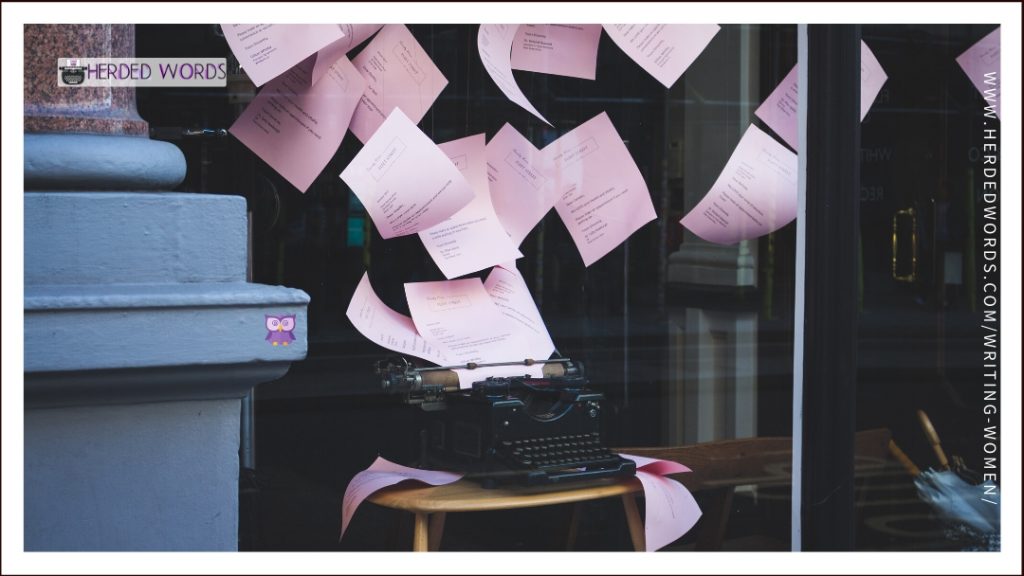
Practice Writing Women
It’s your turn to write some non-stereotypical women.
Exercise: Analyze More Novels
Choose some of your favorite novels and some novels in the genre you want to write in (if they’re different). Re-read the books (or skim through) and analyze how the women are represented.
- Does the book pass the Bechdel test? If the answer is no, how could the author have passed?
- Does the book pass the Mako Mori test? If the answer is no, which female character do you think could have been given a man-free arc?
- Does the book use any of the tropes examined today? Which ones?
- Do you think the book is a harmful representation of women? Why or why not?
Exercise: Adapt Little Red
LITTLE-RED CAP is a short fairytale. Let’s write a couple of new scenes.
Your task: Choose a trope and write a new scene for LITTLE RED that uses the trope. Then, rewrite it so that your story remains similar but no longer uses the trope.
Practice this with all the tropes! You can also use this exercise for books. Take a scene of an existing story and rewrite it so the trope is no longer there.
Prompt
Julie has just started work as an Uber driver.
Your task: Outline a plot idea and some characters that do not use any tropes. Make a note of how your story would pass the Bechdel and Mako Mori tests.
Remember: Women are Individuals not Stereotypes
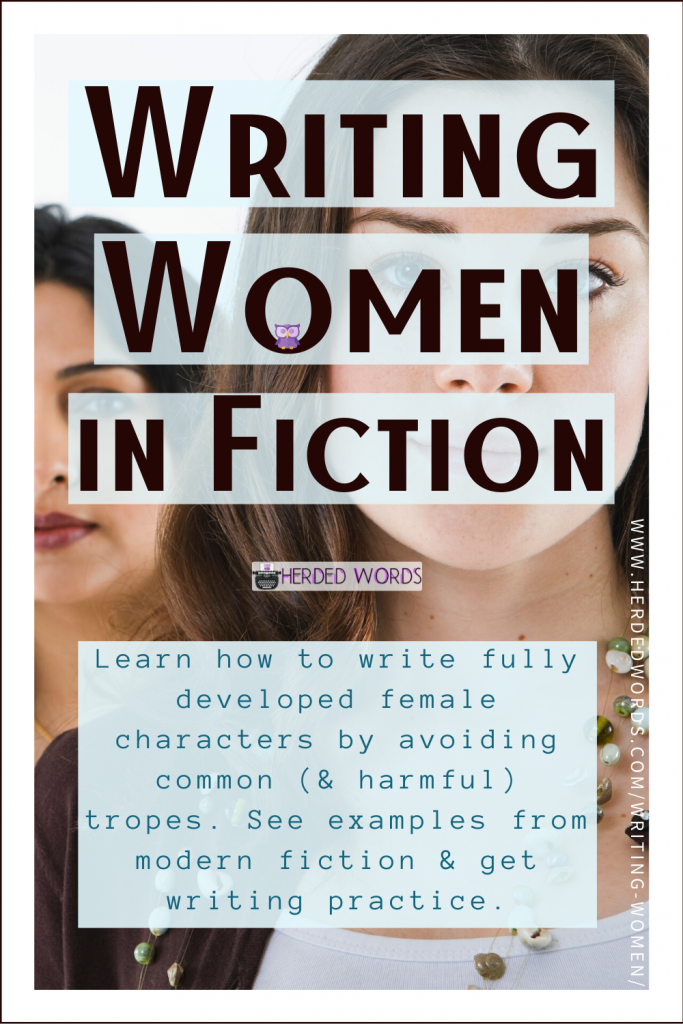
Women are so commonly written using the tropes mentioned today that it can be hard to find books that don’t use them.
But that doesn’t mean it’s okay. Don’t add to the problem! Write your female characters as more than tropes and stereotypes!
When you’re writing women, don’t fret too much about grammar. Check out the Guide to Grammar for Authors next.
Like this post? Please PIN IT and follow me on social media. Thanks!
